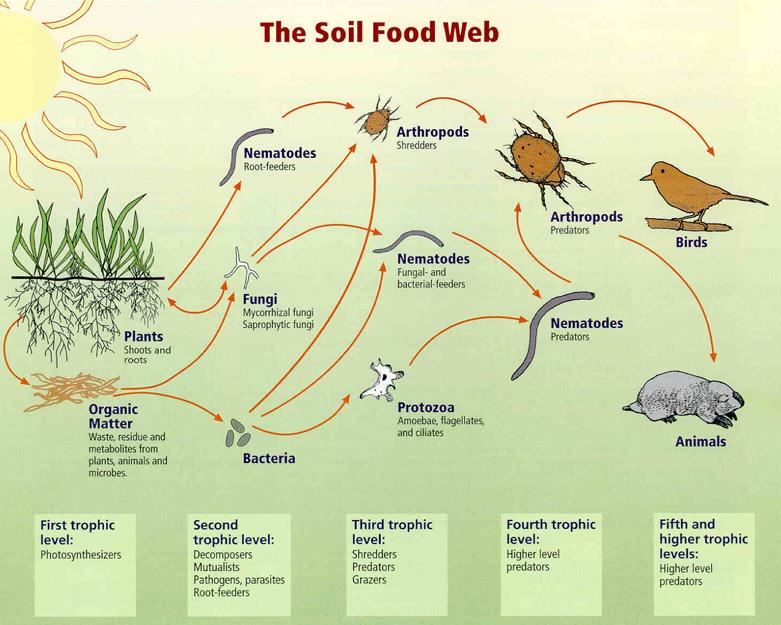How to make organic Supersoil
List of contents
In previous posts, we've seen how we can help the environment - and ourselves - by cultivating organically. Without a doubt, leaving behind practices that damage the soil and sticking to the use of 100% organic fertilisers and soil improvers represents the most rational and respectful option for nature, as well as giving results of a quality that's hard to match with other types of techniques or nutrients.
Since we're close to the outdoor sowing season here in the Northern Hemisphere, we'd like to take this opportunity to show you a great option for your grow this year, which will save you work and money in the long run, as well as giving you the pleasure of consuming a product that's 100% natural and organic, along with the satisfaction of having improved the substrate that you used, as opposed to when other types of nutrients are used. We're talking about Supersoil, an explosive mix for your plants that we'll tell you all about below.
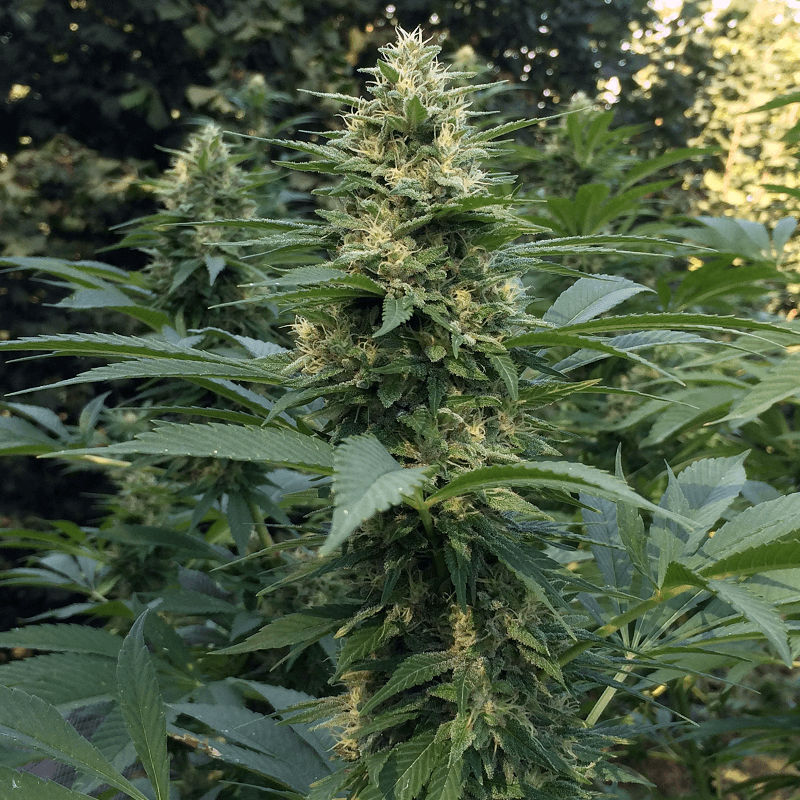
What is Supersoil?
Broadly speaking, Supersoil is a growing substrate that contains all the nutrients and microbial life the plant will need throughout its entire life cycle. Most of you will have used organic substrates incorporating greater or lesser amounts of nutrients, meaning that sooner or later some type of supplementary fertiliser is needed to avoid the appearance of nutrient deficiencies and the consequent decrease in the plants' yield. Growing with Supersoil avoids this, meaning that the plants can be watered with plain water for the entire grow.
This isn't the first time we've written about the importance of microbial life in the substrate; thanks to these microbes - and as we saw in our article on the soil food chain - a symbiotic relationship can be established between microorganisms and plants so that in addition to making better use of the nutrients present in the soil, new nutritive elements are produced for both plants and micro-life itself. In short, it represents a textbook definition of what today we would call a win-win situation, where all the participants are benefitted.
Soil Food Web Gardening
Sadly, many times growers don't know what is happening below the ground. Bacteria, fungi, nematodes, protozoa, arthropods, earthworms...all of them are creating a perfect environment for the roots of our plants, and taking profit from it is a wise decision by the farmer. In this post we tell you more about Soil Food Web gardening, a technique which is increasingly used worldwide.
Thanks to the presence of bacteria, fungi and other beneficial microorganisms, as well as the nutrients already incorporated from the start, Supersoil will provide everything the plants need to develop normally and correctly, establishing an ecosystem based on this symbiosis in the substrate; In addition, the grower will save time and money during the entire crop by not having to use any type of fertilisers or additives, achieving a 100% organic product of the highest quality. If we add to this that it's the most respectful way of growing with the environment, there's no doubt that we're looking at a winning recipe!
In this way, using Supersoil give you a healthy and living substrate, rich in nutrients, beneficial microorganisms, humic and fulvic acids and organic matter rich in carbon, everything that our plants, flowers or vegetables need to bear fruit generously. We will have total control over the nutrients present in the soil and - more importantly - over its 100% organic origin, in addition to achieving greater production of compounds such as terpenes and, at the same time, improving the soil where we cultivate.
How to make Supersoil
In our articles on Bokashi and compost, we already introduced the idea of how to prepare a totally organic growing medium (or a soil improver). In a similar way, although with a few differences, today we'll show you how to prepare a super-substrate that's rich in nutrients and microorganisms, and is ready for direct use, both directly in the ground and in containers. As we will see, the only real disadvantage of this system is the time needed to allow the substrate to "cook", as well as the space necessary for preparation. However, we can assure you that it's well worth the effort!
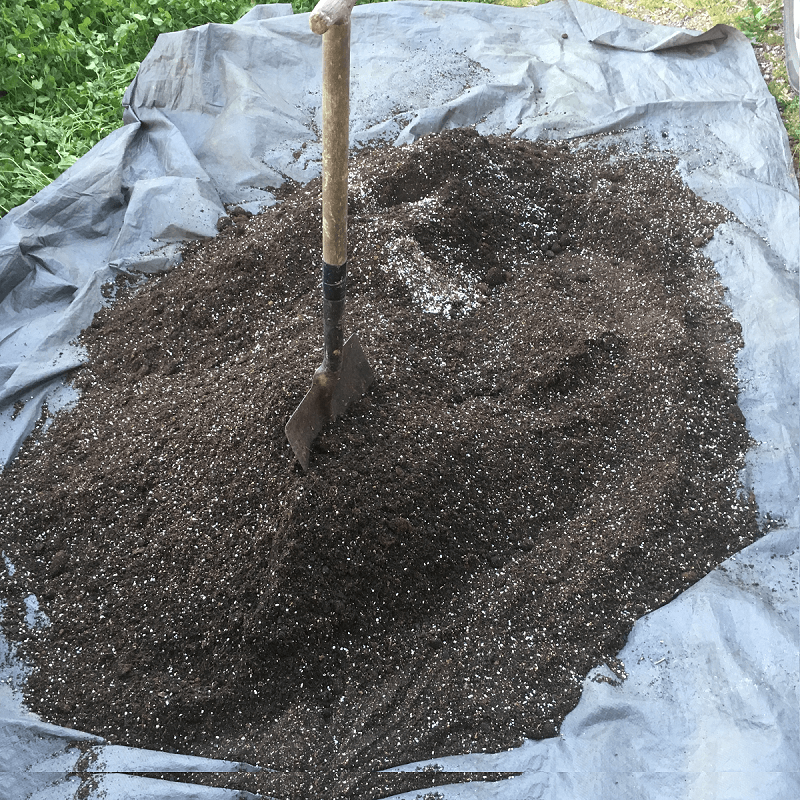
Of course, to make good Supersoil we will need, on one hand, our base substrate, and on the other, the principal macro and micronutrients, and of course microbial life. In addition, and in case the base substrate does not already contain them, we will also add ingredients to improve aeration, the level of moisture retention or the sponginess of the growing medium, and also to stabilise its pH.
To prepare our Supersoil we'll need a large container (big enough to fit all the ingredients for the substrate) or a tarpaulin to mix directly on the ground. We will mix each of the ingredients chosen according to their corresponding proportion, stirring well after adding each of the elements to achieve a homogenous blend. Once all the ingredients are well mixed, they need to be lightly hydrated with a sprayer or hose (it's best to do this while mixing) and then covered with the tarpaulin.
Next, you'll need to wait for around 4 weeks for your Supersoil to "cook" before it's ready for use. During this time it's a good idea to stir the mixture every 5 days or so, rehydrating the mixture if necessary. Now let's have a look at some of the most commonly-used options for each of the ingredients.
Ingredients for making Supersoil
Base substrate
This should be light, airy & spongy in texture, with a mildly acid pH. Many growers use commercial substrates produced for cannabis cultivation, but if you'd prefer to make your own, here's a good mix:
- 25% quality soil
- 25% Vermiculite
- 25% Coco fibre & Perlite 50/50 mix
- 25% Compost, which can be homemade
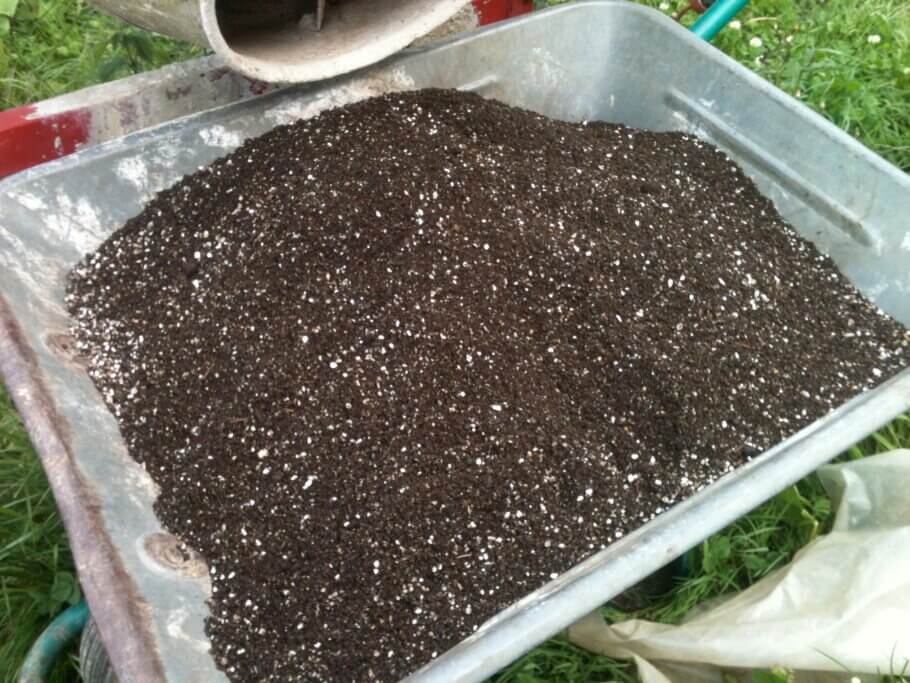
Nutrients
The three main nutrients for cannabis are essential; nitrogen, phosphorus and potassium. In addition, the rest of the micronutrients (Zn, B, Mb, S, Mn ...) will also be added. Of course, we can "complicate" things as much as we want in relation to the different elements and their origin, although to make things easier for you we've listed some of the most commonly used sources for this type of substrate:
- Worm Humus (EWC): Without a doubt, one of the finest soil amendments for organic cultivation. Produced by certain types of earthworms, it's an excellent source of nitrogen for the plants. It also provides other nutrients, humid and fulvic acids, and it promotes the appearance of microbial life in the growing medium. Worm humus normally makes up between 10-30% of the substrate.
- Blood Meal: Another totally organic source of nitrogen, in this case from processed animal blood.
- Bat Guano: Guano is another of the more popular fertilisers in organic growing, especially in cannabis cultivation, although in this case, we should pay close attention to its composition. While some brands of guano basically only contain phosphorous, others may be high in nitrogen, which is important to take into account when choosing fertilisers and deciding their respective proportions in the mix.
- Bone Meal: Similar in origin to blood meal, crushed bones are an excellent source of phosphorous and calcium, two vital elements for the plants. Because it needs more time to decompose than blood meal, it's best to mix it with the substrate at least 4 weeks before starting to grow.
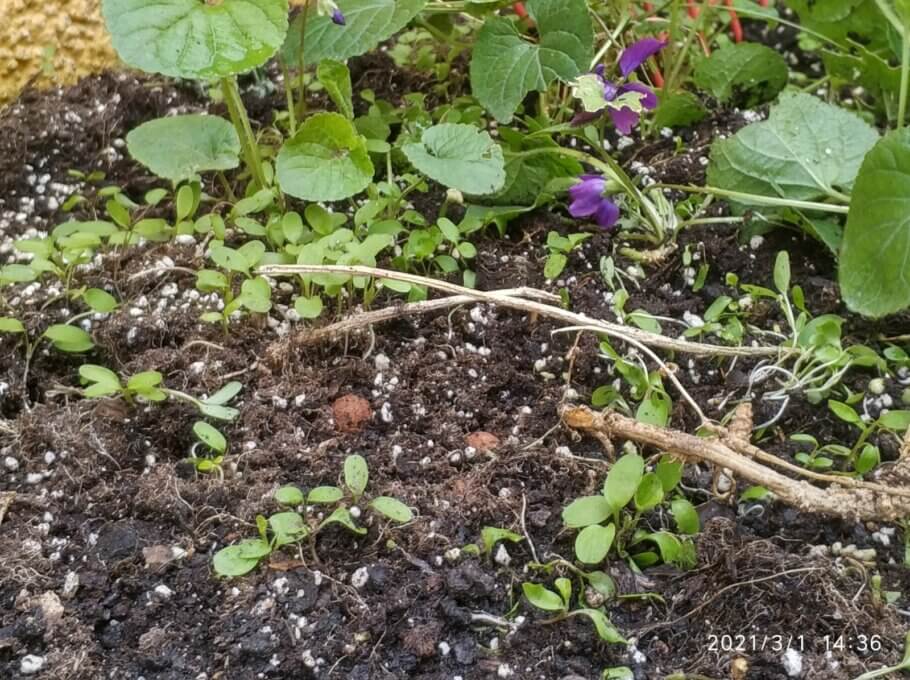
- Kelp (Seaweed): Also called Ascophyllum nodosum or kelp is increasingly being used in all types of organic growing. As well as being a source of nutrients, it also provides vitamins, phytohormones, trace elements and alginic acid, among others. Another type of seaweed that's become very highly demanded in recent times is Spirulina.
- Palm Tree Ash: A potent source of potassium that is often used together with phosphorus-rich guano to promote explosive flowering. Palm Tree Ash usually contains a good proportion of magnesium, another element vital to the correct development of your plants.
Microbial life
This is, as we have already seen, another of the essential elements in this type of growing medium. Thanks to the microbial life, a soil food chain can be established, so that, in addition to synthesising new nutrients, they will be used more effectively, greatly increasing the rate of assimilation. As if this wasn't enough, a healthy colony of beneficial micro-life will prevent the appearance of the dreaded soil fungi and other organisms harmful to our crop.
If you intend to add beneficial bacteria as well as fungi (a classic example would be Trichoderma harzianum), remember that it's always preferable to add the bacteria first and then wait about two weeks before adding any fungi. Due to the high rate of substrate colonisation by the fungi, if they were added together at the same time, there would barely be any physical space available for the bacterias to colonise. You can find a multitude of options in our Microbial Life category.
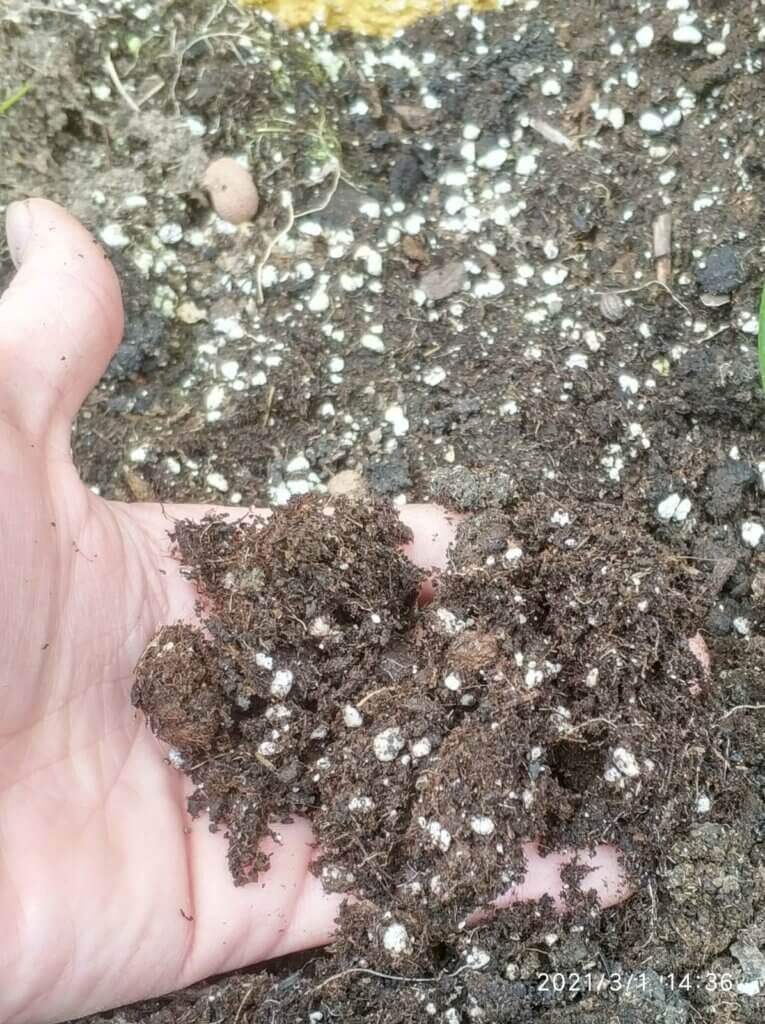
Other ingredients
Apart from the three main groups of elements to add to the Supersoil, we can use others that will help with the maintenance of the plants and at the same time improve the symbiosis already established within the substrate.
- Dolomite: Ideal to establish and regulate the level of acidity, or pH, of the substrate, dolomitic lime is widely used both to optimise nutrient assimilation and to help microbial life to become established.
- Biochar: Charcoal greatly improves the capacity for absorption and aeration in the substrate, gradually releasing macro and micronutrients. It also works to improve fertility, especially in acid soils.
- Molasses: Black cane sugar molasses is an excellent food source for the microbes in the substrate, and as such is used by many cultivators to accelerate the establishment and activity of microbial life.
Once we've allowed the mixture to sit for approximately 30 days (stirring it, as mentioned, every 5 days), all the components of the Supersoil will be fully decomposed, so that we can now use it whether we're growing directly in the ground or in pots. It's important to take careful notes of the proportions of each ingredient for future occasions, as it's always possible that you may want to adjust the mixture according to the needs of a particular variety or plant.
Happy growing!

















































